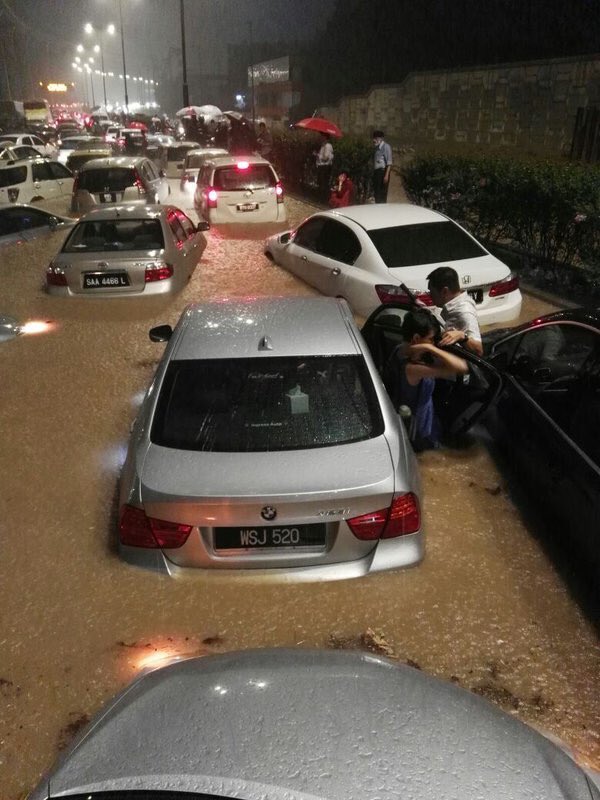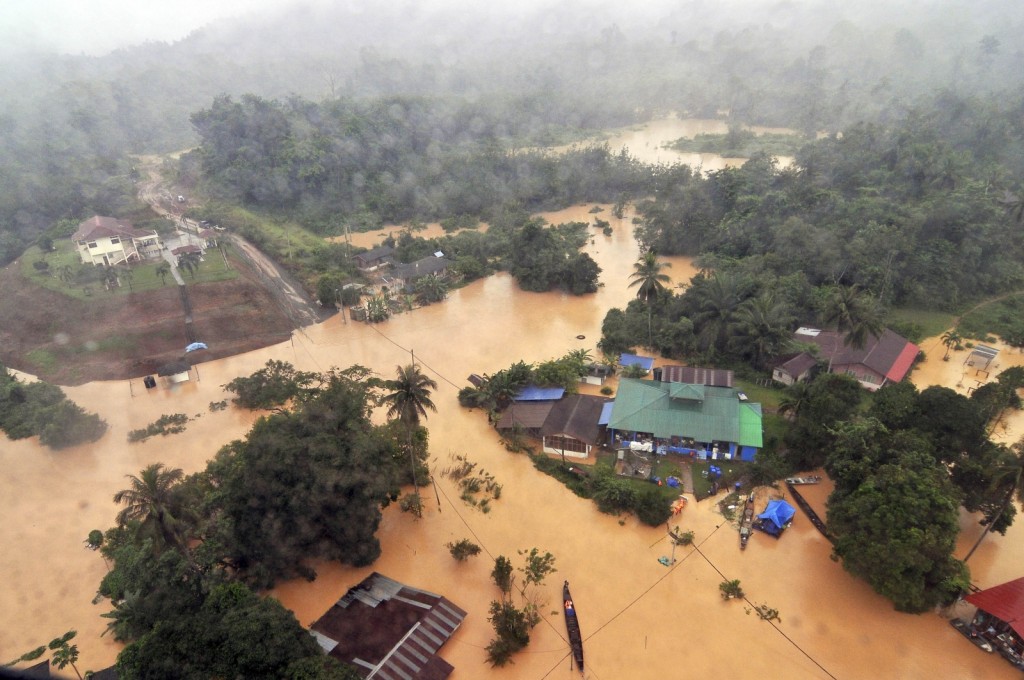Heavy rainfalls might not be the sole cause of the flash flood last week.
Instead, clogged drain outlets and culverts could have been the culprit to the disaster that caused 115 vehicles to be submerged, said the president of the Institute of Engineers, Tan Yean Chin.

Tan said that silt and debris could have been washed and deposited at the outlets of drainage systems and culverts during a downpour, which caused them to clog up and accumulate the deposits. The cross-sectional area of the drains and culverts would then be reduced, impeding their ability to carry away water efficiently.
After stating that strict enforcement was important, he added:
We would like to recommend that for new developments in the Klang Valley, the zero-additional discharge principle be imposed on developers as one of the approval conditions. This means that new developments approved must not contribute to additional surface water runoff.

Tan also suspect that nearby construction works could have caused the floods:
Contractors must adopt a professional approach and use authorised hydrological data from the Drainage and Irrigation Department in the design of temporary drainage systems during construction works.
Best management practices regarding silt traps, culverts and drains must also be incorporated.

Tan’s suspicions coincides with the findings of climate expert Prof Datuk Dr Azizan Abu Samah, who agreed that rapid development and poor drainage system of Kuala Lumpur contributed as one of the reasons the flash flood happened.
Last Thursday, scores of vehicles were trapped in several major roads in Kuala Lumpur following a downpour during the rush hour. Some of the roads that were affected included Jalan Pudu, Jalan Pantai Bahru, Jalan Lingkungan Budi, Jalan Tuanku Abdul Halim, Jalan Semantan, and Jalan Bangsar.
Source: The Star.
Follow us on Instagram, Facebook or Telegram for more updates and breaking news.


